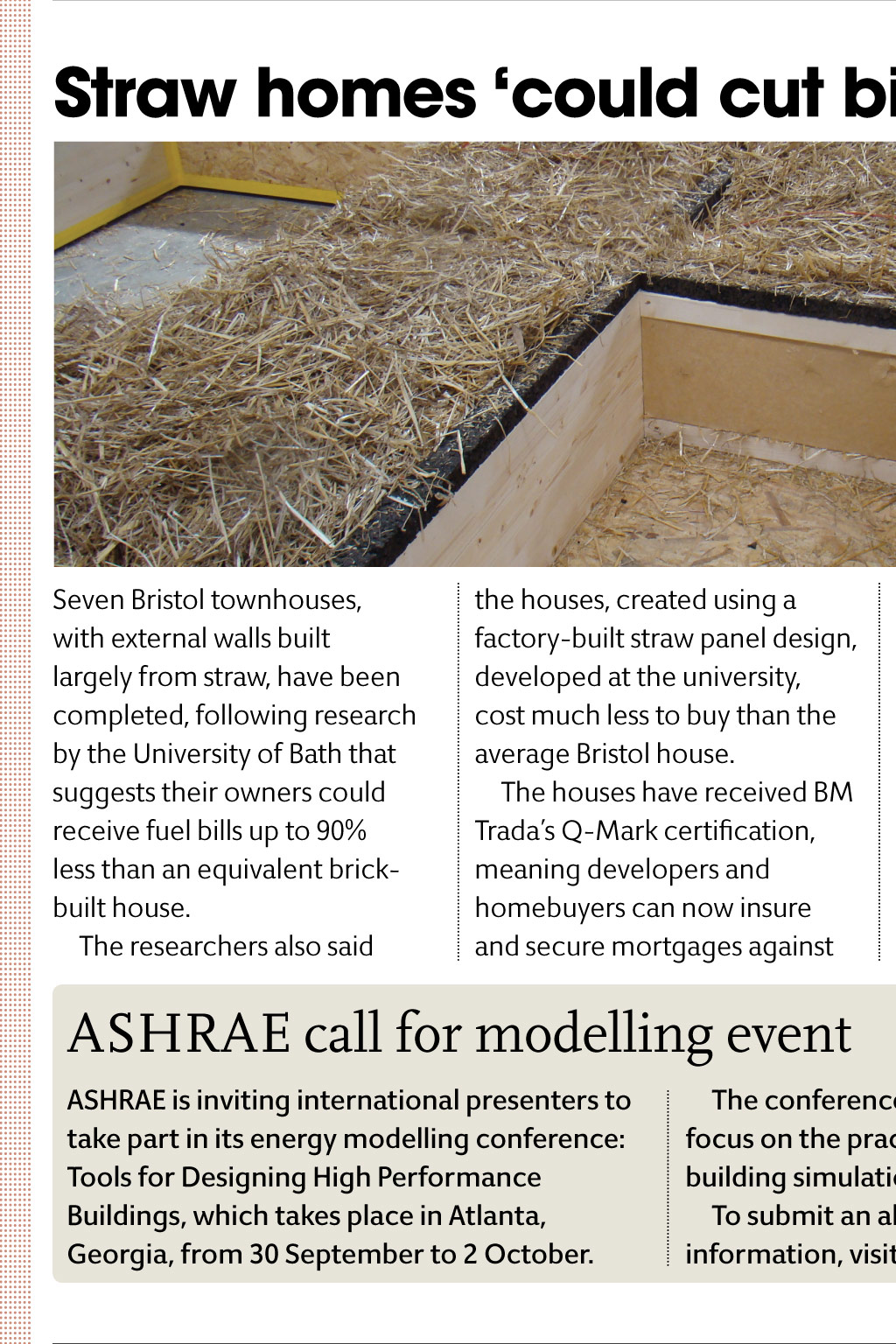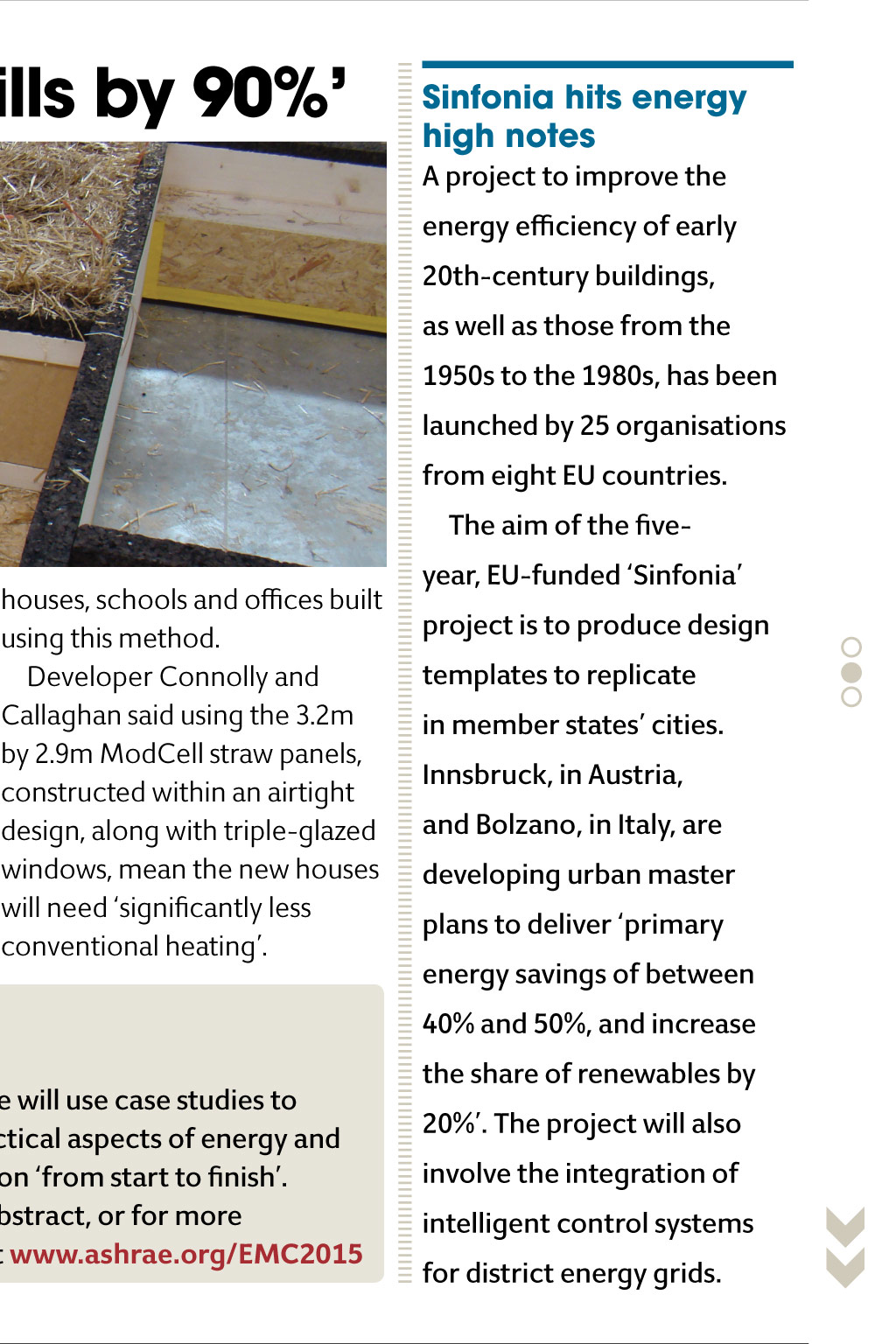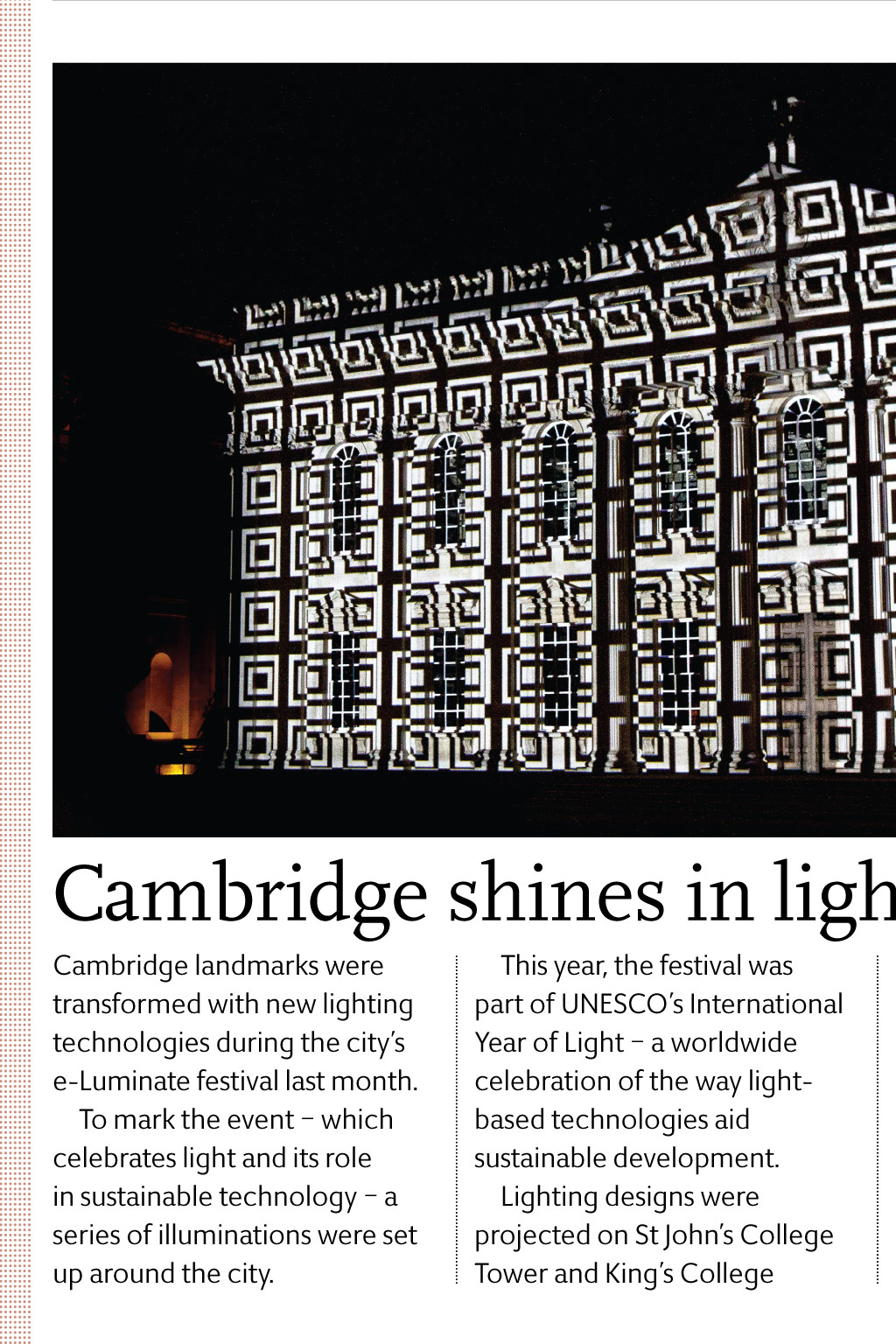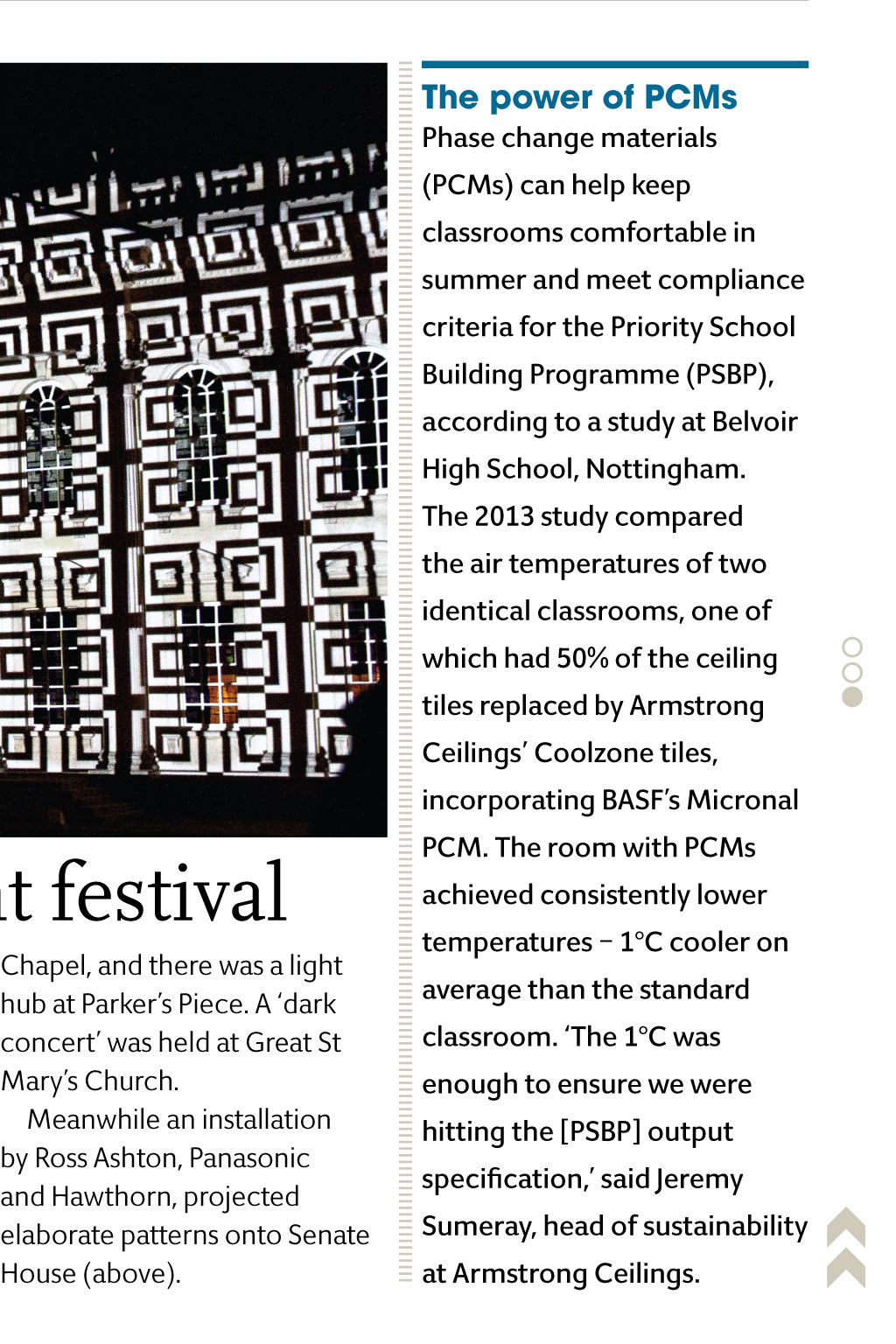












All the latest news from around the building industry Ruskin launches natural ventilation business bRE joins forces with united States firm Ruskin Air Management has launched a new natural ventilation business. Called Airolution, the service will provide complete natural ventilation solutions for commercial buildings, including: system design; supply of equipment; controls; installation; and commissioning. Ruskin sales and marketing BRE is working with US-based energy efficiency firm Green Generation Solutions (GreenGen) to help UK companies prepare for new EU energy efficiency regulations that will come into force in 2018. These will make it illegal to rent a building with an energy performance certificate (EPC) rating below E. BRE will carry out energy auditson buildings to identify quick wins and long-term improvements, while GreenGen will provide cost-and-return data to clients and manage delivery of the improvement projects. We have a tried and tested method for assessing and implementing energy efficiency solutions that provides real economic benefit and improved profitability to our clients, said GreenGen CEO Brad Dockser. The built assets in the UK and Europe will be challenging because of the age profile, but we have BREs expertise and years of data in this field to ensure we continue to achieve positive financial results. director David Fitzpatrick said design engineers would be able to verify performance claims before, during and after commissioning. Fitzpatrick added, Ruskin could make sure ventilation designers were involved early enough in the process to make sure it is appropriate for the building in question. Straw homes could cut bills by 90% Sinfonia hits energy high notes A project to improve the energy efficiency of early 20th-century buildings, as well as those from the 1950s to the 1980s, has been launched by 25 organisations from eight EU countries. The aim of the five- Seven Bristol townhouses, with external walls built largely from straw, have been completed, following research by the University of Bath that suggests their owners could receive fuel bills up to 90% less than an equivalent brickbuilt house. The researchers also said the houses, created using a factory-built straw panel design, developed at the university, cost much less to buy than the average Bristol house. The houses have received BM Tradas Q-Mark certification, meaning developers and homebuyers can now insure and secure mortgages against houses, schools and offices built using this method. Developer Connolly and Callaghan said using the 3.2m by 2.9m ModCell straw panels, constructed within an airtight design, along with triple-glazed windows, mean the new houses will need significantly less conventional heating. ASHRAE call for modelling event ASHRAE is inviting international presenters to take part in its energy modelling conference: Tools for Designing High Performance Buildings, which takes place in Atlanta, Georgia, from 30 September to 2 October. year, EU-funded Sinfonia project is to produce design templates to replicate in member states cities. Innsbruck, in Austria, and Bolzano, in Italy, are developing urban master plans to deliver primary energy savings of between 40% and 50%, and increase The conference will use case studies to focus on the practical aspects of energy and building simulation from start to finish. To submit an abstract, or for more information, visit www.ashrae.org/EMC2015 the share of renewables by 20%. The project will also involve the integration of intelligent control systems for district energy grids. The power of PcMs Phase change materials (PCMs) can help keep classrooms comfortable in summer and meet compliance criteria for the Priority School Building Programme (PSBP), according to a study at Belvoir High School, Nottingham. The 2013 study compared the air temperatures of two identical classrooms, one of which had 50% of the ceiling tiles replaced by Armstrong Ceilings Coolzone tiles, incorporating BASFs Micronal Cambridge shines in light festival Cambridge landmarks were transformed with new lighting technologies during the citys e-Luminate festival last month. To mark the event which celebrates light and its role in sustainable technology a series of illuminations were set up around the city. This year, the festival was part of UNESCOs International Year of Light a worldwide celebration of the way lightbased technologies aid sustainable development. Lighting designs were projected on St Johns College Tower and Kings College Chapel, and there was a light hub at Parkers Piece. A dark concert was held at Great St Marys Church. Meanwhile an installation by Ross Ashton, Panasonic and Hawthorn, projected elaborate patterns onto Senate House (above). PCM. The room with PCMs achieved consistently lower temperatures 1C cooler on average than the standard classroom. The 1C was enough to ensure we were hitting the [PSBP] output specification, said Jeremy Sumeray, head of sustainability at Armstrong Ceilings.